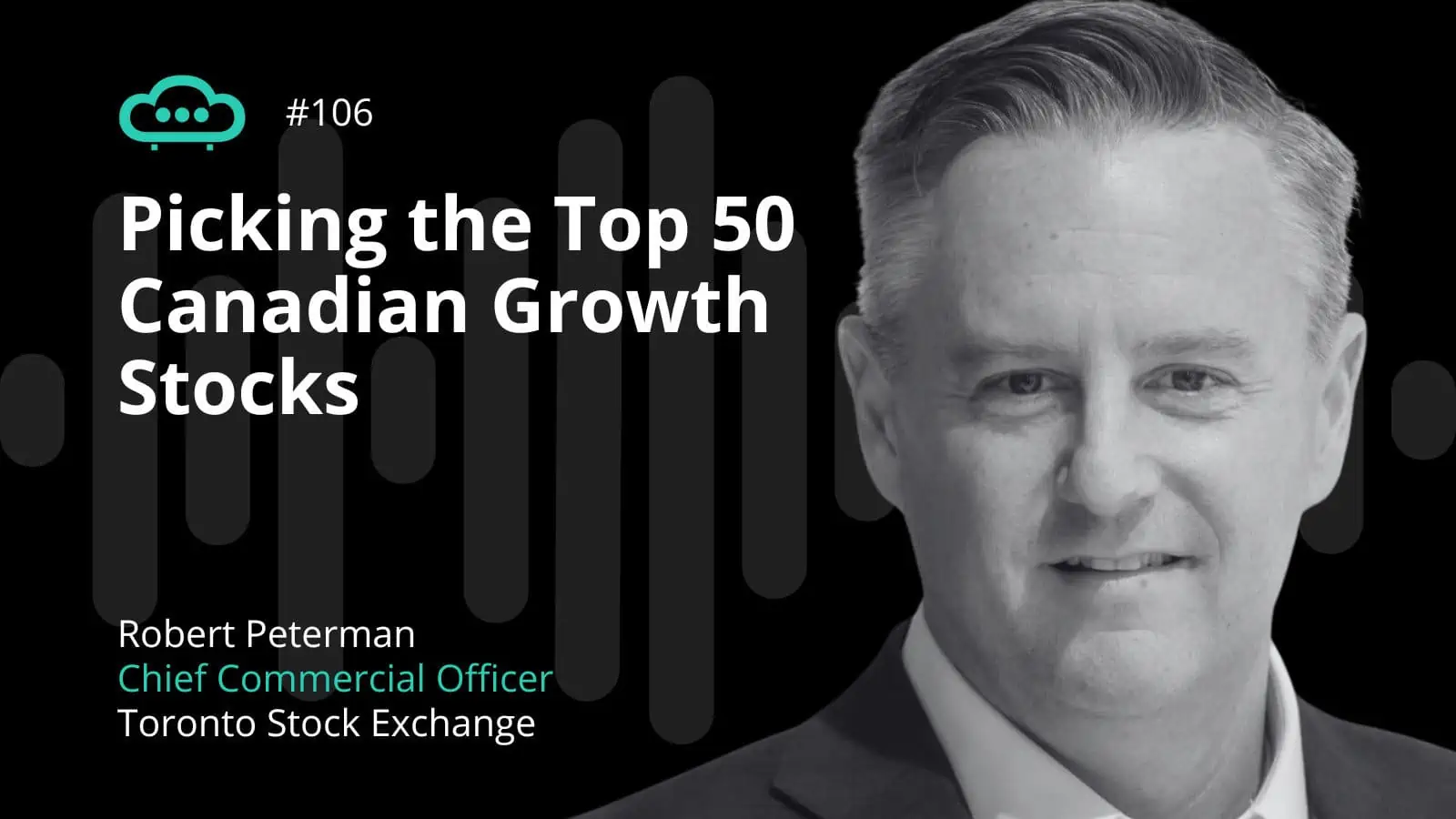The pound was once called the most hated currency in the world by an analyst at Scandinavian asset manager Nordea. However, the surprise move by UK prime minister Theresa May to call a snap election in June seems to have gone down well with currency traders. Up until then, many traders of GBP/USD had resigned themselves to seeing the currency trading in the range of $1.20 to $1.27 at the most. Attention had shifted to the French elections and the prospects for the EUR. Not so – the GBP was not done yet.
Sterling began last week at $1.25 and at time of writing was at 1.278. This is, however, likely to be just short term enthusiasm: much will depend on what sort of deal the UK will be able to negotiate with Brussels. This will take time, and with it there will likely continue to be plenty of leaks from both sides of the Channel, which will prompt some sudden moves in the market as rumours circulate on trading desks. This will be good news for currency traders seeking out some volatility in either GBP/USD or indeed GBP/EUR.
Analysts at Nomura think sterling should be higher. The election is intended to help the government in the UK purchase some breathing space in its negotiations, and holds out the possibilitiy of some form of transition deal. Nomura is calling the pound at $1.30 to $1.35, while National Australia Bank thinks $1.34-35 looks much more realistic now.
Following the highly unexpected election announcement, the pound saw one of its biggest one day gains in the last 50 years. Many pundits felt that the currency was looking too cheap and that it had been excessively sold. Short sterling had become a victim of its own success. However, now that there is somewhat more optimism on negotiations, let’s not forget that the economic picture in the UK is not ideal, and bad numbers may emerge to trump the political issues.
For starters, the Bank of England is not raising rates. Some fund managers, whose job it is to keep an eye on the medium to long term picture for UK companies, think higher inflation is going to be a problem, and we would concur. On top of that, growth in house prices is stalling, but that was inevitable really.
“GBP/USD is still looking trapped in the range it’s been since October 2nd, when Theresa May outlined her Brexit strategy,” says Neil Wilson, senior market analyst at ETX Capital. “Tuesday’s breach of the $1.29 level proved short-lived and traders are now eyeing whether there is geniune love for the pound, or if the rally was a short squeeze.”
Technical indicators show that there is some momentum behind sterling, as Tuesday’s rally saw it climb back above the 200 day moving average for the first time since the June referendum vote. The big test, of course, is 1.30, which we last saw at the end of September. If it manages to break above this, Wilson reckons this will be a clear demonstration that sterling has been too weak and that we will see further gains – remember the predictions of the bullish banks above – $1.35 anyone?












